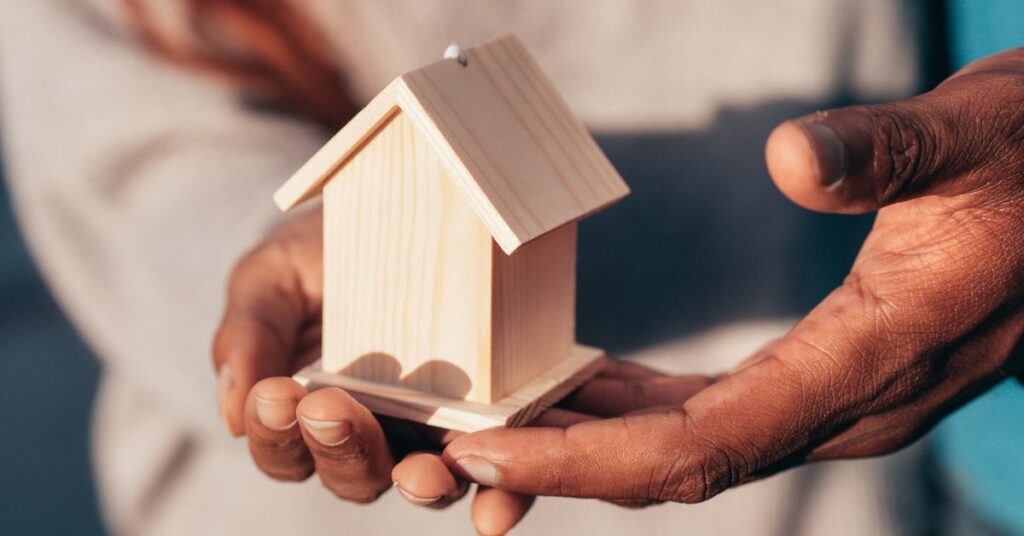Get Expert Financing
- Matched with investor-friendly lenders
- Fast pre-approvals-no W2s required
- Financing options fro rentals, BRRRR, STRs
- Scale your portfolio with confidence
When you get ready to buy a home, you know that there will be some costs. In many cases, your first step is to look at the actual cost of the home and its interest. But what you might not think about as you get ready to buy is the fact that there are a few unexpected and hidden costs that come with buying a home.
Here’s what you need to know if you want to prepare for the costs of homeownership:
First of all, recognize that there are some upfront costs associated with buying a home. You need to make a down payment, and there will be closing fees and other expenses.
Many people don’t think about the fact that they may need to pay for a home inspection or cover the cost of title insurance. Closing costs can often be rolled into the loan total and paid over time, which can make things more manageable — although it also means you pay more in the long run.
Saving up for these costs is often a matter of planning ahead and deciding how much you want to set aside. If you are trying to save up $10,000 for a down payment, and another $3,000 for closing costs, you know you need to save up $13,000. You can put together a plan that allows you to set aside $1,000 a month for 13 months.
It’s also possible to create a plan that’s more manageable, like $500 a month for 26 months. When saving up for upfront costs, it’s important to know that you might have a long timeline. Plan accordingly. Most people can’t just turn around and save up for a down payment in a couple of months.
There are also some hidden costs of buying a home. When you get ready to buy, you probably don’t think about the fact that you need to buy things like furniture and window treatments. On top of that, you might not think about utility payments.
Also, many people don’t think about maintenance and repairs when they buy a home. However, some experts estimate that, on average, it costs between 1% and 3% of your home’s purchase price each year to pay maintenance and repair costs.
It’s true that you might not pay those costs immediately. It might be two years before you need to pay for a major repair (although maintenance, including yard work and things like furnace tune-ups, are on-going).
To prepare for maintenance and repair costs, it’s a good idea to set aside money each month. If you paid $200,000 for your home, you could expect to pay about $4,000 a year (if you base it on 2%) in maintenance and repairs.
Set aside $333.33 in a high-yield savings account each month for your maintenance and repair fund. That way, you can build up a nice fund for paying unexpected housing costs over time. Even if you don’t have to dip into that fund for five years, you’ll still be in a better place.
The cost of buying a home goes beyond your down payment and your regular monthly payment. Before you get into a home, take the costs for a test drive. If you think you will pay about $1,000 a month for your mortgage payment, and that you will need about $300 a month for other costs. That’s $1,300 a month.
Say you are paying $800 a month in rent. You know you need $1,300, so that’s a difference of $400. Take that $400 for a test drive. Set aside the money in high-yield savings accounts for six to eight months. If you can make that extra “payment” with ease, you know you can probably handle your new housing payments.
Plus, now you’re saving up some money. That’s $2,500 to $3,200 you have in the bank. You can use that money to pay closing costs or to buy furniture or other necessities for your new home. It’s a good way to see if you’re really ready for a home, while at the same time saving up for some of the hidden costs of home ownership.
Our advice is based on experience in the mortgage industry and we are dedicated to helping you achieve your goal of owning a home. We may receive compensation from partner banks when you view mortgage rates listed on our website.

